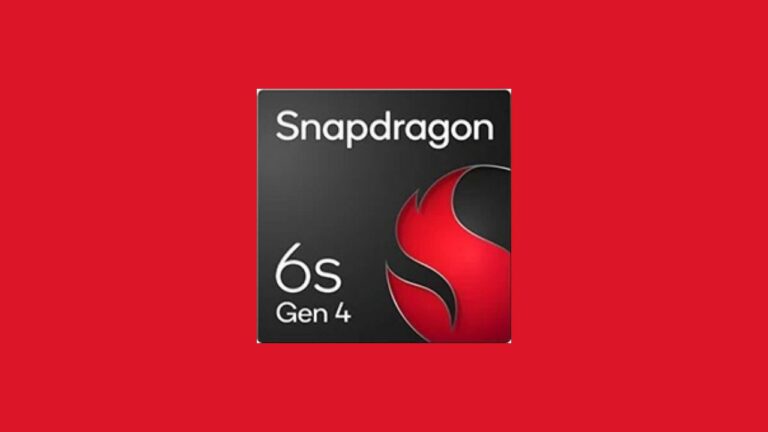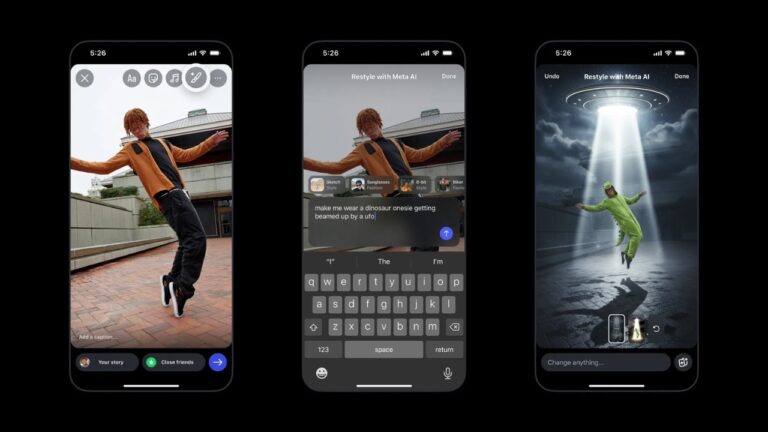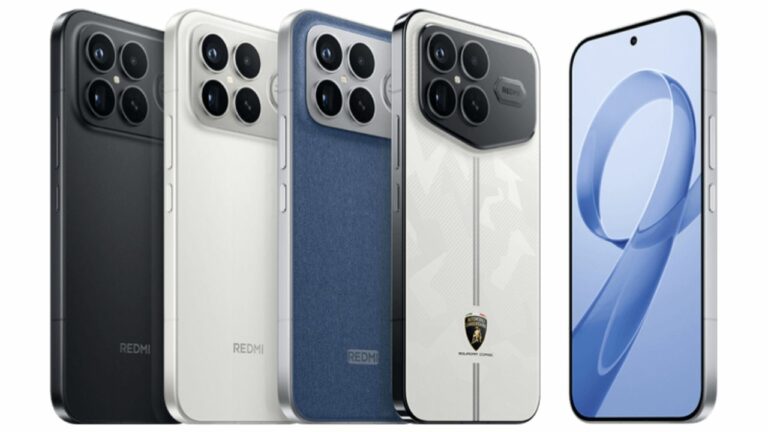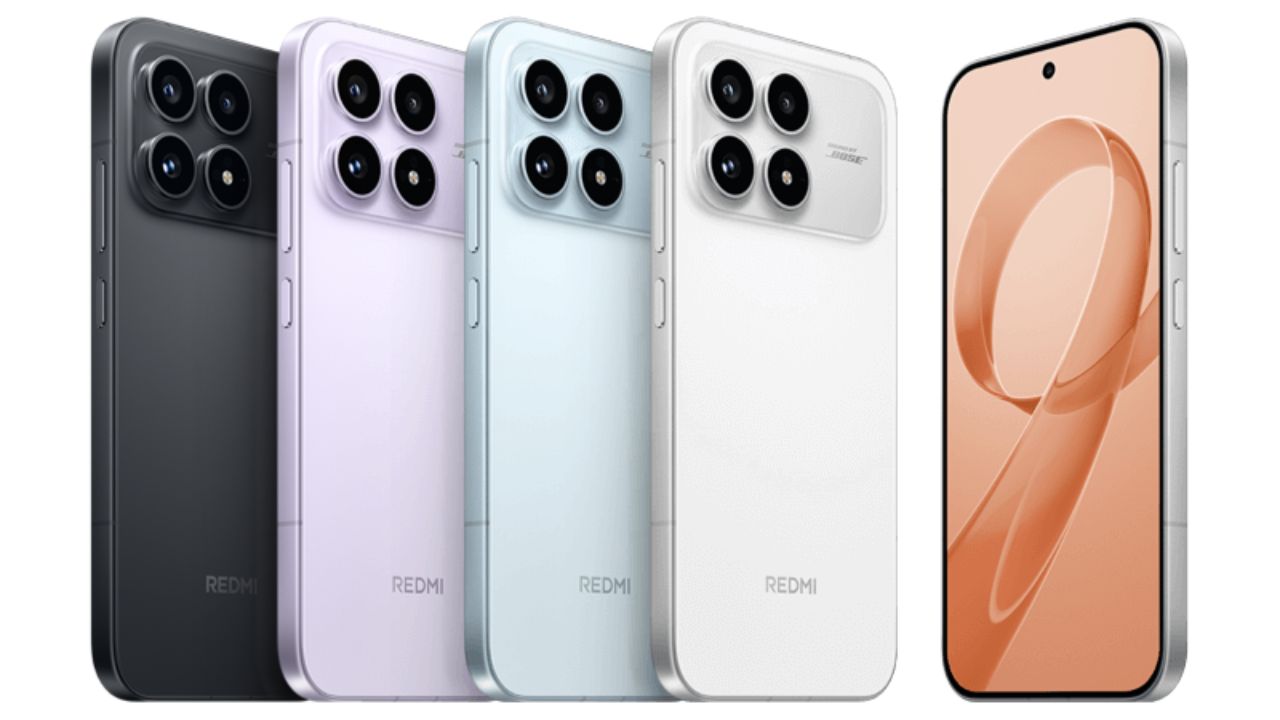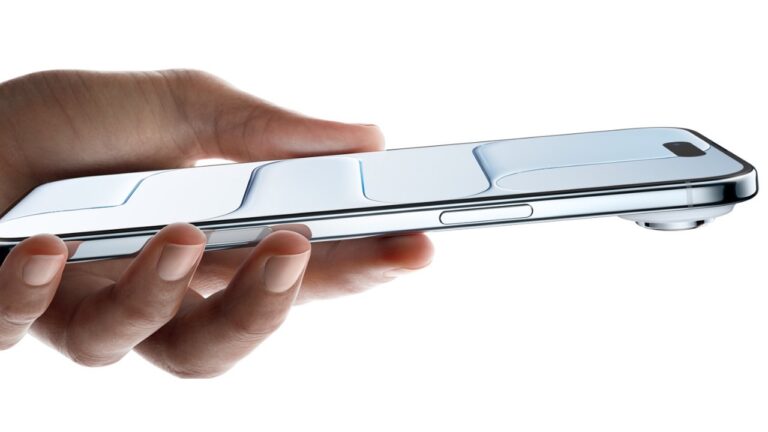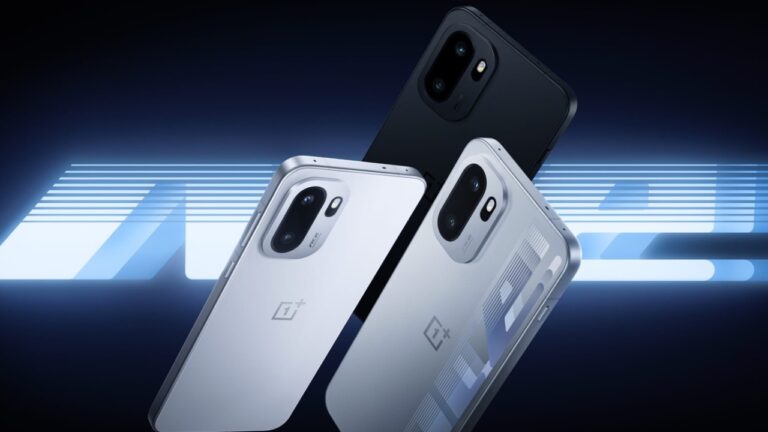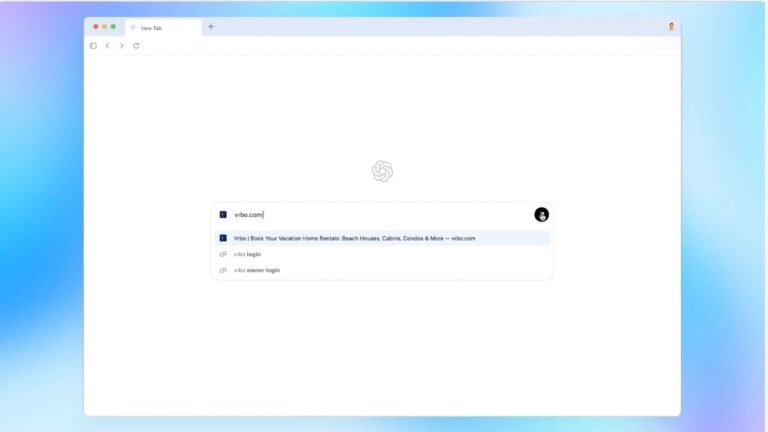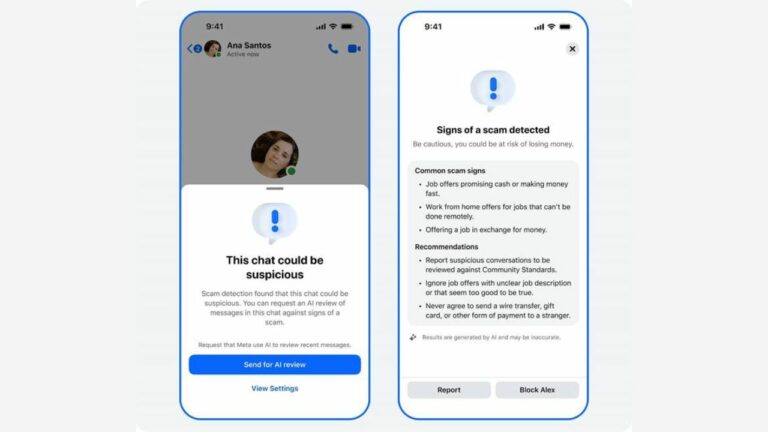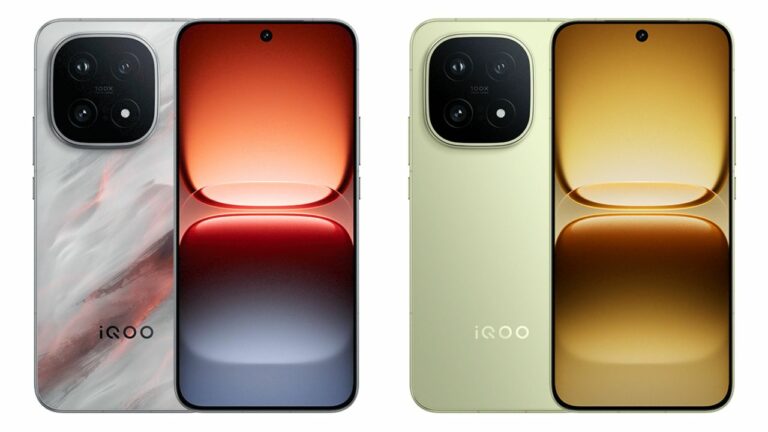Qualcomm has announced the Snapdragon 6s Gen 4 Chipset for mid-range and budget devices with a 36% improved CPU and 59% faster GPU over its predecessor. Here are all the specifications and features of the chipset you’d want to know about.
Snapdragon 6s Gen 4: Specifications
Made on TSMC’s 4nm node, the Snapdragon 6s Gen 4 from Qualcomm features an octa-core CPU configuration, comprising four Cortex-A720-based performance cores clocked up to 2.4GHz and four Cortex-A520-based efficiency cores running at up to 1.8GHz.
The chipset integrates the latest Qualcomm Snapdragon 5G Modem-RF system, supporting both mmWave and sub-6GHz 5G bands for enhanced global coverage. It can achieve download speeds of up to 2.9Gbps, ensuring faster network performance and lower latency.
Connectivity extends further with support for Wi-Fi 6E, Bluetooth 5.4 with dual-antenna setup, and LE Audio for improved wireless sound quality. Navigation accuracy is also enhanced with triple-frequency GNSS (L1/L2/L5) and compatibility with GPS, Glonass, BeiDou, Galileo, QZSS, and India’s NavIC systems, providing lane-level precision for urban navigation.
For graphics and multimedia, the chipset is equipped with a Qualcomm Adreno GPU supporting OpenGL ES 3.2, OpenCL 2.0 FP, and Vulkan 1.3 APIs. It enables HDR playback with codec support for HLG, along with hardware-accelerated H.265 and VP9 decoding. Users can enjoy smooth visuals with display support up to FHD+ resolution at 144Hz refresh rate, alongside 2K HDR video capture and slow-motion video recording at 720p and 240fps.
Read More: Qualcomm Snapdragon 8 Elite Gen 5 Announced with 3rd Gen Oryon CPU
Camera performance gets a major boost thanks to the Qualcomm Spectra Image Signal Processor (ISP), which supports up to 200MP photo capture, 32MP single-camera setups with zero shutter lag (ZSL), and dual 16MP configurations. The inclusion of hardware-based multi-frame noise reduction ensures clearer images even in low-light conditions.
Audio quality is handled by the Qualcomm Aqstic audio codec and smart speaker amplifier, featuring Snapdragon Sound technology for high-fidelity output. The platform boasts a Total Harmonic Distortion + Noise (THD+N) playback rating of -108dB, ensuring crystal-clear sound across supported devices.
On the memory and storage front, the chipset supports LPDDR5x RAM up to 3200MHz and LPDDR4x up to 2100MHz, paired with UFS 3.1 storage. Other highlights include USB-C 3.1 connectivity and Qualcomm Quick Charge 4+ technology for rapid power delivery.
Availability details for the chipset remain scarce, but brands like Nothing, Redmi, Motorola, Honor, and Realme may be working on smartphones packing this processor.


